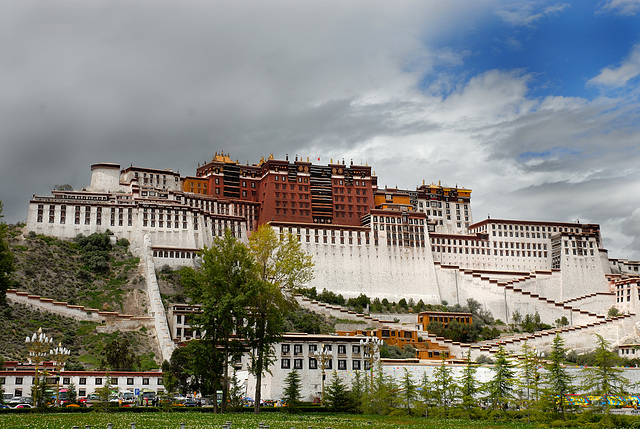Lhasa Norbulingka Summer Palace
Budhanilkantha Lying Vishnu Nepal
Dakshin Kali
Munich Hauptzollamt in sunset mood
At an intersection on the Sukhumvit Road in Bangko…
Qianxun Pagoda in Dali Yunnan
The Holy Kailash in Tibet
Praying in the Cao Đài Holy See (church) in Tây Ni…
Inside the Cao Dai Church in Tây Ninh
Bình Thuận Dunes, Vietnam
Fishing net at the Thu Bon River side
Barkhor Square in front of the Jokhang Monastery
Bangkok in China Town
Bangkok, Chinese New Year 2007
Market-woman steering her boat on the Hậu Giang ri…
Silhouettes of temples on Bali
The Twelfe Apostels, Victoria, Australia
Ko Chang, Thailand
Small island at Mergui Archipelago, Burma
Pyi Daw Aye Pagoda, Kawthaung, Burma
Sunset at the Andaman Sea, Burma
Passenger in a regional train, Thailand
Mueang Pilok, Thailand
Yak bull nearby the Namtso Lake Tibet
Stupa at the Namtso Lake Tibet
Lhasa monks debating inside the Sera Monastery
Young Buddha Statue in Dali, Yunnan
Zhongdian Songzanlin Monastery
Swayambhunath Complex Kathmandu Nepal
Patan Nepal
Bodnath Kathmandu Nepal is one of Tibetan souls
Batur Volcano Bali Indonesia
Marines from USA catching a Nāga snake
Location
See also...
See more...Keywords
Authorizations, license
-
Visible by: Everyone -
All rights reserved
-
1 521 visits
Lhasa and the Potala


The Potala Palace rises a further 170 meters and is the greatest monumental structure in all of Tibet. Early legends concerning the rocky hill tell of a sacred cave, considered to be the dwelling place of the Bodhisattva Chenresi (Avilokiteshvara), that was used as a meditation retreat by Emperor Songtsen Gampo in the seventh century AD. In 637 Songtsen Gampo built a palace on the hill. This structure stood until the seventeenth century, when it was incorporated into the foundations of the greater buildings still standing today. Construction of the present palace began in 1645 during the reign of the fifth Dalai Lama and by 1648 the Potrang Karpo, or White Palace, was completed. The Potrang Marpo, or Red Palace, was added between 1690 and 1694; its construction required the labors of more than 7000 workers and 1500 artists and craftsman. In 1922 the 13th Dalai Lama renovated many chapels and assembly halls in the White Palace and added two stories to the Red Palace. The Potala Palace was only slightly damaged during the Tibetan uprising against the invading Chinese in 1959. Unlike most other Tibetan religious structures, it was not sacked by the Red Guards during the 1960s and 1970s, apparently through the personal intervention of Chou En Lai. As a result, all the chapels and their artifacts are very well preserved.
- Keyboard shortcuts:
Jump to top
RSS feed- Latest comments - Subscribe to the comment feeds of this photo
- ipernity © 2007-2024
- Help & Contact
|
Club news
|
About ipernity
|
History |
ipernity Club & Prices |
Guide of good conduct
Donate | Group guidelines | Privacy policy | Terms of use | Statutes | In memoria -
Facebook
Twitter

I have read and know something ever since Rev. Dalai Lama escaped to India.
Sign-in to write a comment.